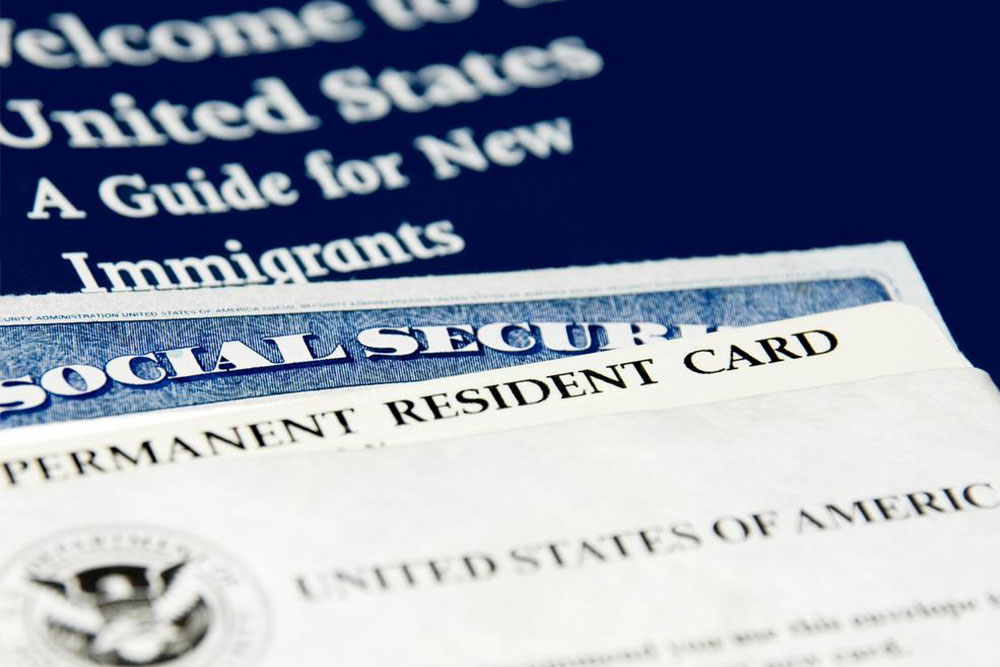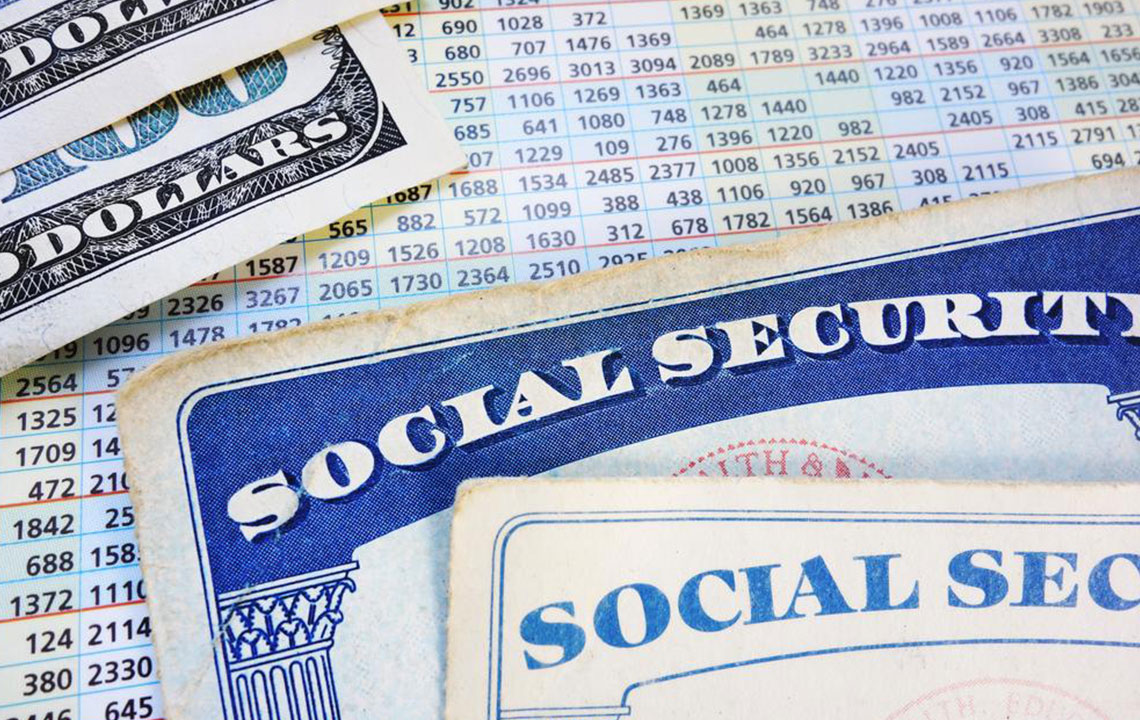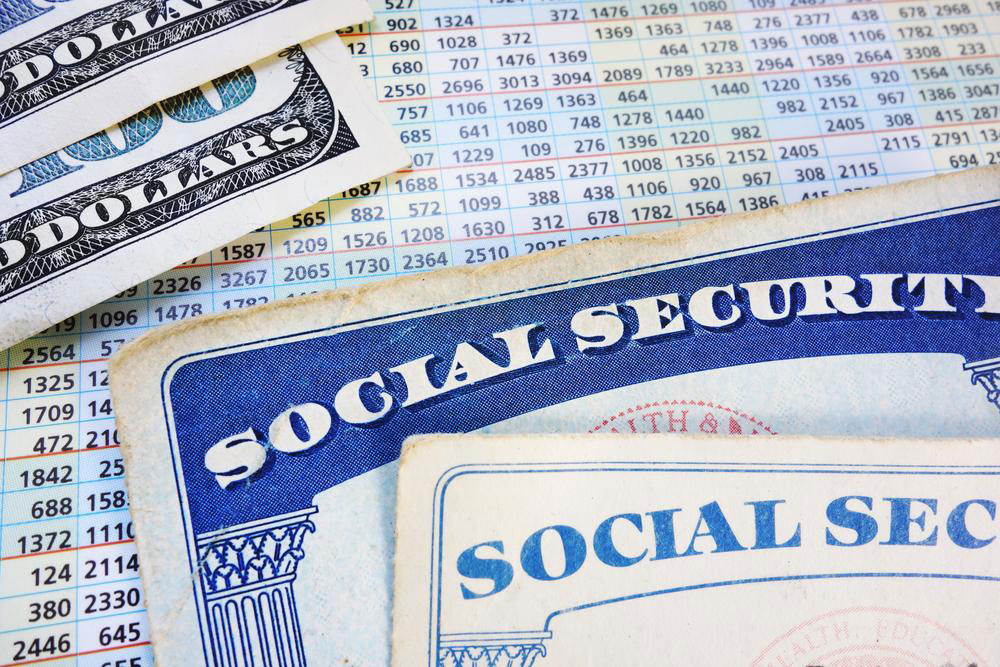Comprehensive Guide to Handling the Loss of Your Social Security Card
Losing your Social Security card can be stressful, but immediate actions can safeguard your identity. Learn how to monitor credit reports, protect against theft, notify banks, get a replacement card from SSA, and prevent future issues. This comprehensive guide ensures your financial security and peace of mind after losing your SSN card.

Effective Steps to Take When Your Social Security Card Goes Missing
Discovering that your social security card is lost or misplaced can trigger a wave of stress and concern. While many advise against carrying your Social Security card daily to minimize risks, the reality is that some individuals do keep it on hand, increasing the chance of accidental loss or theft. Whether you keep your card in your wallet, purse, or in a drawer, losing it requires prompt action to protect your identity and financial security. The most crucial piece of information to safeguard is your Social Security Number (SSN), which you can often use for verification purposes even without the physical card.
Fortunately, replacing a lost social security card is a straightforward process if you act swiftly. This comprehensive guide provides step-by-step instructions on the immediate actions you should take when you realize your card is missing, along with best practices for safeguarding your identity moving forward.
Monitoring your credit reports is an essential initial step. Contact agencies such as Experian, TransUnion, and Equifax to report the loss and request your latest credit reports. Regularly reviewing these reports allows you to detect any suspicious activity, such as unfamiliar accounts or inquiries, which could indicate identity theft. This proactive approach helps you identify fraudulent activities early, minimizing potential damage.
In addition to credit monitoring, protecting yourself from identity theft is vital. Your Social Security Number (SSN) is unique and difficult to change, making it a prime target for fraudsters. Consider subscribing to an identity theft monitoring service that provides alerts whenever there is suspicious activity involving your SSN. These alerts can include notifications of new account openings, address changes, or credit inquiries, enabling you to respond quickly to potential threats. This level of real-time information is especially valuable if you're traveling or away from your usual residence, ensuring continuous oversight of your personal information.
Another crucial step is contacting your financial institutions. Notify your bank, credit card companies, investment firms, and any other relevant financial service providers about the loss of your social security card. They can implement preventive measures, such as freezing accounts or placing alerts on your profiles, to avoid unauthorized transactions or account access. Keeping your financial institutions informed ensures added layers of security during this vulnerable period.
To formally replace your social security card, reach out to the Social Security Administration (SSA). File a report of the theft or loss, and request a new card. The SSA typically requires proof of identity, such as your driver’s license or passport, and proof of citizenship or lawful residency. The replacement process may be completed by mail or in person, depending on your location and circumstances. Once your new card arrives, it's advisable to keep it in a safe but accessible place, separate from your everyday wallet or purse, to prevent future loss.
While awaiting your replacement card, there are additional protective steps you can undertake. Consider placing a credit freeze or fraud alert on your credit files. A credit freeze restricts access to your credit reports, making it more difficult for identity thieves to open new accounts in your name. Similarly, a fraud alert notifies lenders to verify your identity before approving new credit. These measures add significant security layers during the interim period until your new SSN card arrives and is securely stored.
Finally, maintaining vigilance over your financial records is essential. Routinely review your bank statements, credit reports, and any other financial documents for unfamiliar activity. If you detect anything suspicious, report it immediately to your financial institution and the authorities. It’s also advisable to keep a record of all communications related to your lost card and replacement process, should you need to reference them later.
In summary, losing your social security card can be managed effectively by taking swift action: monitor credit reports, protect against identity theft, notify your financial institutions, request a replacement from the SSA, and maintain ongoing vigilance. By following these steps, you can minimize the risk of identity theft and financial fraud, ensuring your personal information remains secure even in the event of a lost card. Proactive measures and prompt responses are your best defenses against potential misuse and fraud.




